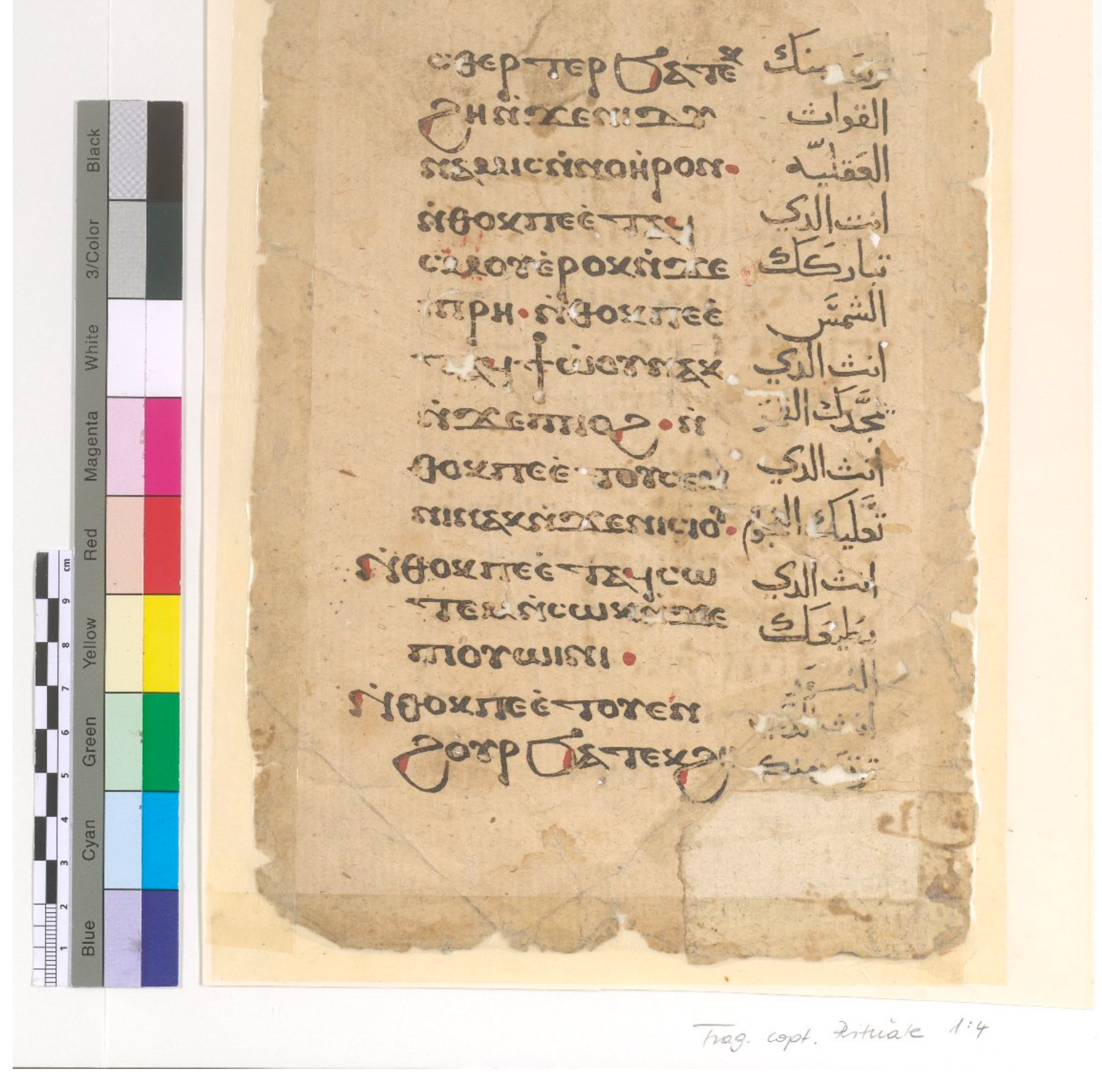I’ve got a joke for you:
“An ox walks into a house…and makes an alphabet.”
Wait, what? Where’s the punchline? For this, we’ll need to take a short trip back to the birth of the alphabet (to see the evolution of all major writing systems graphically represented, there’s a great chart in my office…and available online which is where I got mine! To see the evolution of the alphabet (as opposed to non-alphabetic writing systems), you can also check out this informative YouTube video from the gifted creator of the chart.).

Your first response is surely, “Why, that looks like Greek to me!” Well spotted! While the Coptic language is the descendent of the ancient Egyptian language, most well-known by its hieroglyphic characters but also written in hieratic and Demotic, the Coptic alphabet (there’s that word again) is derived mostly from the Greek alphabet (Layton 2006, 1). Linguistically speaking, Coptic absorbed numerous loan words from Greek (Layton 2006, 2), but it is decidedly not Greek (nor is it even related unless you’re a proponent of the Nostratic language hypothesis {Blake, why do you mention it? You’re sending me on a wild goose chase, aren’t you?}.) As nicely laid out as the chart is, seeing Coptic in its natural environs (deftly inked on a manuscript) is much better.

Not only are we treated to seeing Coptic on the left-hand side of the page, but we also can see Arabic on the right. The Hamburg Library website lists the fourteenth century as the putative time frame for the creation of this work. Given the dying out of Coptic and its preservation only (mainly?) as a liturgical language in the Coptic Orthodox Church, I think it’s wonderful to see bilingual manuscripts at such a late stage (considering the introduction of the Arabic language much earlier).
Back to the matter at hand (and not getting sidetracked by Hamburg library’s wonderful website with a multitude of manuscripts), learning the Coptic alphabet is fairly easy if you already know the Greek alphabet. I’d say most people know a few letters at least (though maybe only in the majuscule or minuscule forms). In the Omniglot image, you can see that some new letters were added to accommodate sounds from Coptic; these are listed after omega. These letters are in the Demotic Script (Layton 2006, 3).
More to come!
